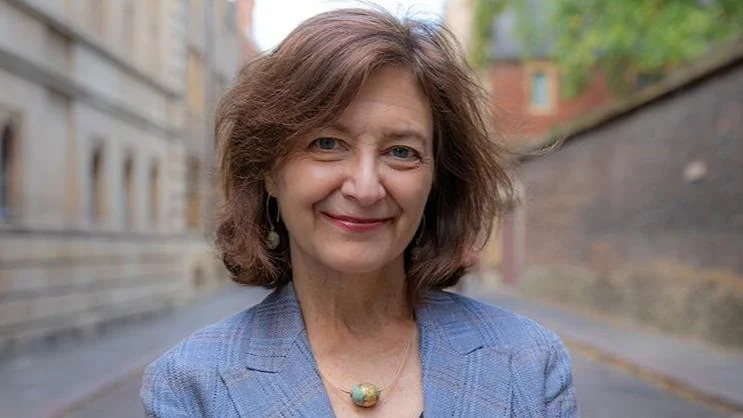A research team led by Professor Flora Samuel from the University of Cambridge’s Department of Architecture has received an additional £3.12 million Green Transition Ecosystem grant from the Arts and Humanities Research Council (AHRC). The funding will support the development of a Public Map Platform designed to chart progress in the green transition on the Isle of Anglesey/Ynys Môn.
The project aims to help local authorities address challenges in capturing social, environmental, and cultural value for decision-making processes. By spatialising data, the platform seeks to enable targeted local action towards sustainability goals.
Professor Flora Samuel stated: “Climate change cannot be addressed without revealing and tackling the inequalities within society and where they are happening. Only when we know what is happening where, and how people are adapting to climate change can we make well informed decisions.”
She added: “The aim of this pragmatic project is to create a Public Map Platform that will bring together multiple layers of spatial information to give a social, environmental, cultural and economic picture of what is happening in a neighbourhood, area, local authority, region or nation.”
The project was previously awarded one of four £4.625 million Green Transition Ecosystem grants in 2023. The new phase of funding will allow further development and expansion.
Public engagement activities include features at the Venice Architecture Biennale until September 28, 2025, as well as participation in the Design Museum’s 'Future Observatory: Tools for Transition' display in London from September 12, 2025 through August 2026. The Rural Roaming Room structure associated with the platform will be displayed outside the museum.
Samuel’s team is scheduled to present their work to the Welsh Government at the Sennedd in Cardiff on September 30, 2025. They have also involved hundreds of children on Anglesey and plan to extend activities to Cambridge through collaboration with The Cambridge Room team.
Green Transition Ecosystems (GTEs) are large-scale projects focused on translating design-led research into practical benefits that address climate-related challenges such as achieving net zero targets. These projects form part of a £25 million Future Observatory: Design the Green Transition programme funded by AHRC in partnership with the Design Museum.
The Public Map Platform addresses several objectives set out by GTEs: promoting measurable behavioural change supportive of green transition across sectors; fostering positive behaviour through design; providing region-focused solutions for rural infrastructure; and designing for diversity.
To achieve these aims, a pilot mapping platform will be developed for Anglesey as a model for use by Local Authorities across the UK and beyond. This pilot intends to help measure progress toward sustainability goals under legislation such as Wales’ Well-being of Future Generations Act (2015).
Anglesey was selected due to its status as a distinct rural area facing economic decline but aspiring to become an ‘Energy Island’—a hub for low-carbon energy research—and because its bilingual context allows exploration of multilingual engagement strategies.
Collaboration partners include Cardiff University’s Wales Institute of Social and Economic Research and Data (Wiserd), Wrexham Glyndwr University, Welsh Government agencies, and others who are exploring methods for measuring attainment against future generations legislation.
The platform will provide accessible information tailored for communities, policymakers, and local authorities while allowing community members themselves to contribute data. Information layers will evolve over time based on local policy needs and input from diverse community groups including children and young people.
Community-generated data will be integrated with existing census sources to produce a baseline map tracking Anglesey’s progress under relevant legislative frameworks—a process intended as a transparent planning model adaptable elsewhere in Britain or internationally.
This initiative forms part of what is described as "the largest publicly funded design research and innovation programme in the UK," aiming to connect researchers with businesses in pursuit of net zero objectives via multimodal investment schemes supported by AHRC alongside Future Observatory at London’s Design Museum.
Christopher Smith, Executive Chair of AHRC said:
“Design is a critical bridge between research and innovation. Placing the individual act of production or consumption within the context of a wider system of social and economic behaviour is critical to productivity, development and sustainability.
"That’s why design is the essential tool for us to confront and chart a path through our current global and local predicaments, and that’s why AHRC has placed design at the heart of its strategy for collaboration within UKRI.
"From health systems to energy efficiency to sustainability, these four Green Transition Ecosystem projects the UK are at the cutting edge of design, offering models for problem solving, and will touch on lives right across the UK.”

